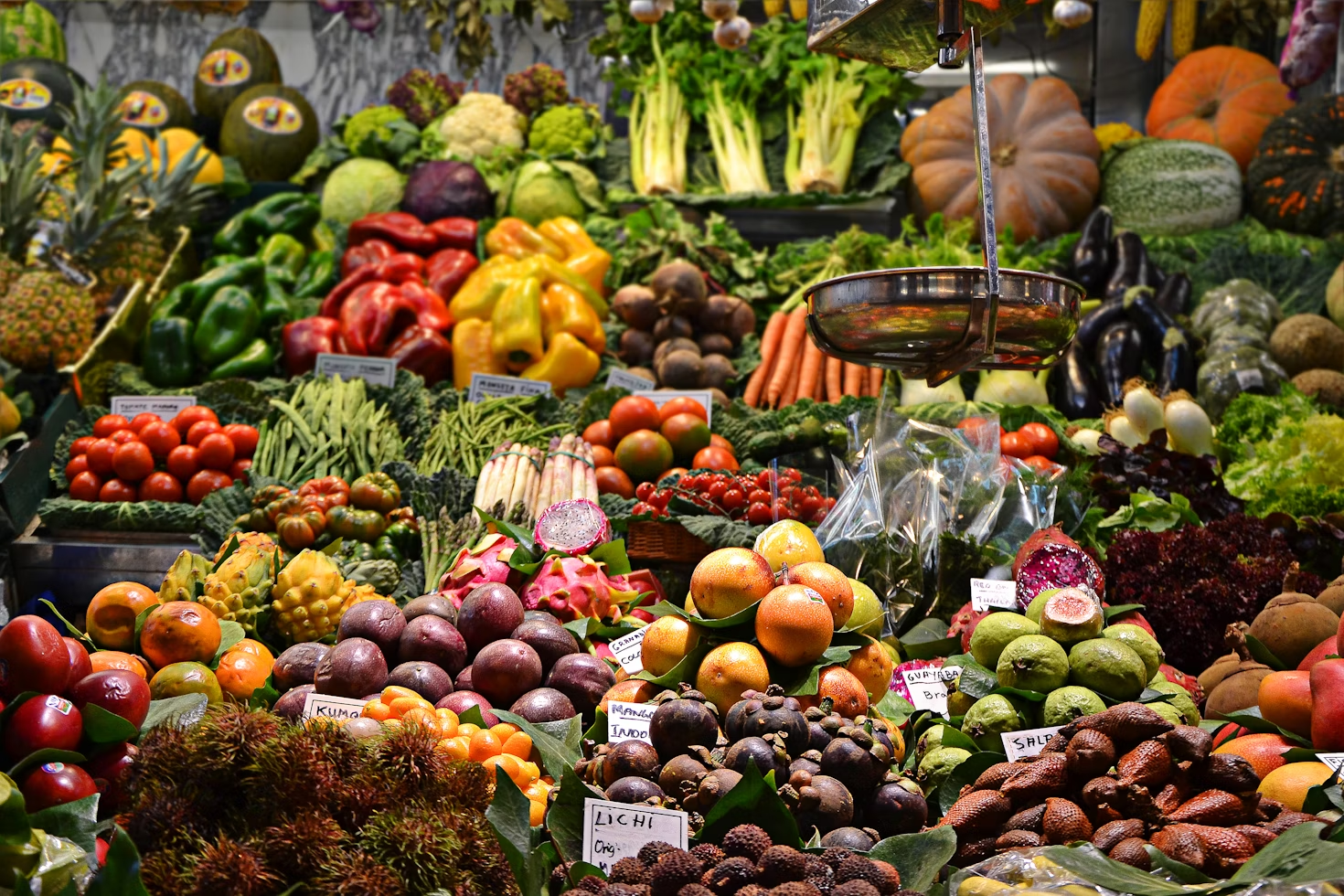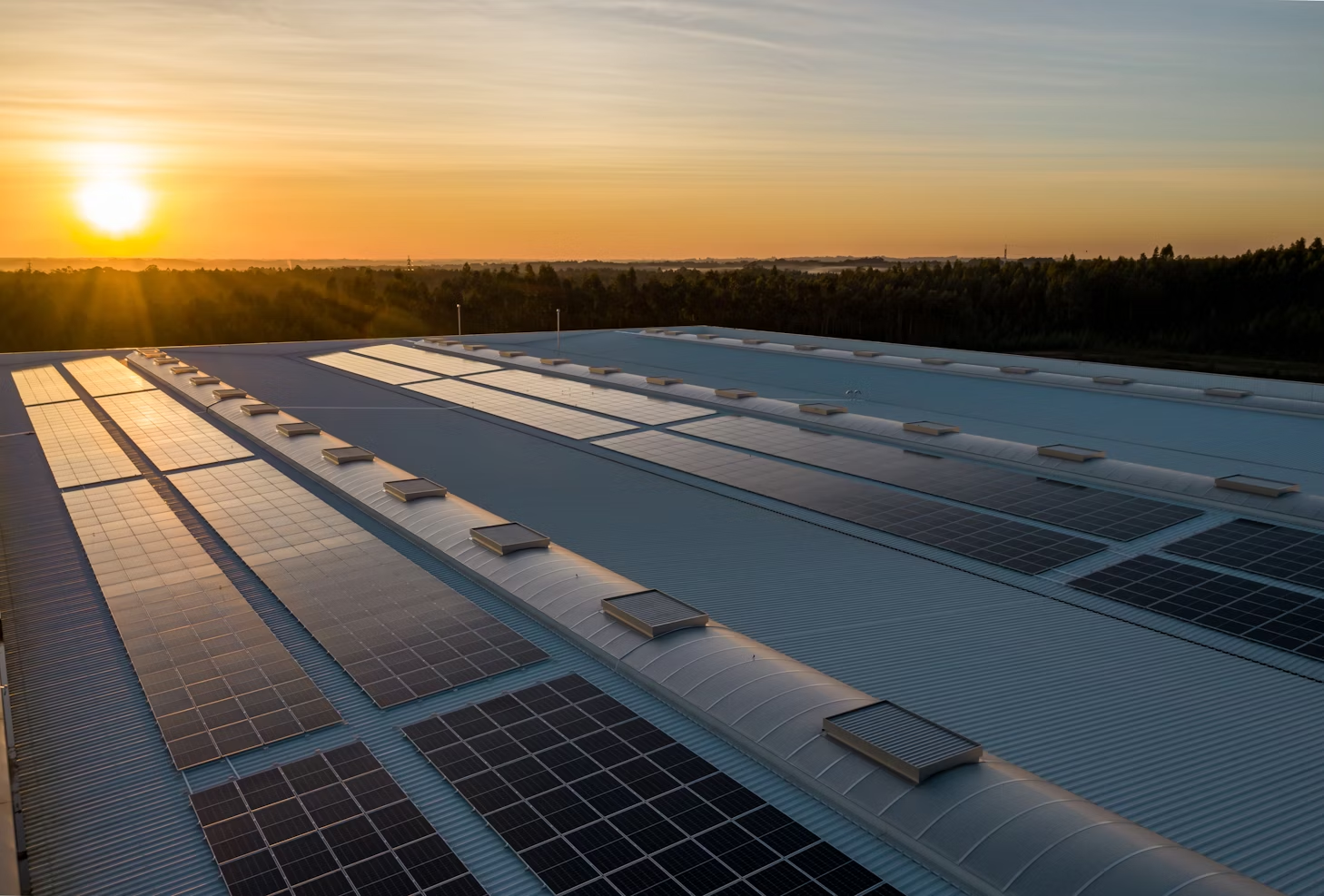Decomposition of the carbon impact of vegetables

Today, a large part of the population understands climate issues around food. It is now well known that it is preferable to eat fruits and vegetables that are in season for reasons that are both ecological and of product quality. In the same way, it is likely that you already know that red meat has a greater carbon impact than other meats or fish. But the differences in carbon impact between vegetables are less known to the general public, for example, carrots are a fairly low-carbon vegetable, with an emission factor of 390gCO2E/kg of carrot.
Between beets, peas, avocados and red cabbage, which vegetables have the most carbon?
In this list, avocados have the greatest carbon impact, even when comparing products from France and consumed during their season. The three other vegetables mentioned above have a particularly low carbon production cost with 250GCO2E/kg of beet, 390GCO2E/kg of peas and 1.06kgCO2E/kg of red cabbage. In comparison, avocados have 2.75kgCO2E/kg avocados.
If we find a factor of 10 between the footprint of avocados and that of beets, the consumption of these two products remains much less emissive than the consumption of meat or certain processed products.
To understand the carbon impact of food products, it is important to understand what emissive steps products go through. The most important of these are the agricultural production phase, transport and packaging.
🌾 Agricultural production is logically the life stage of the product that emits the most GHGs. In addition to the functioning of the farm, the use of fertilizers can have a strong impact, both on GHG emissions and on soils — land use: degradation of the “natural” state of soils — eutrophication: excessive enrichment of soils that leads to an impoverishment of the ecosystem.
🚛 Transport is a mandatory step when you are not eating products from your own vegetable garden. Moving large quantities of fruits and vegetables, even over short distances, involves the combustion of often fossil fuels.
📦 Packaging is also an important part of the impact of food products. The concern for hygiene in our time allows us to have access to quality products that can be stored longer, which can sometimes help avoid waste. But the price of this advantage is the drift in packaging that protects the ingredients in our meals. Overpackaging has widely developed and has increased the need for single-use plastic in particular. To combat overpackaging, the use of bulk, especially in supermarkets, makes it possible to reduce the packaging mass by at least two thirds according to ADEME.







